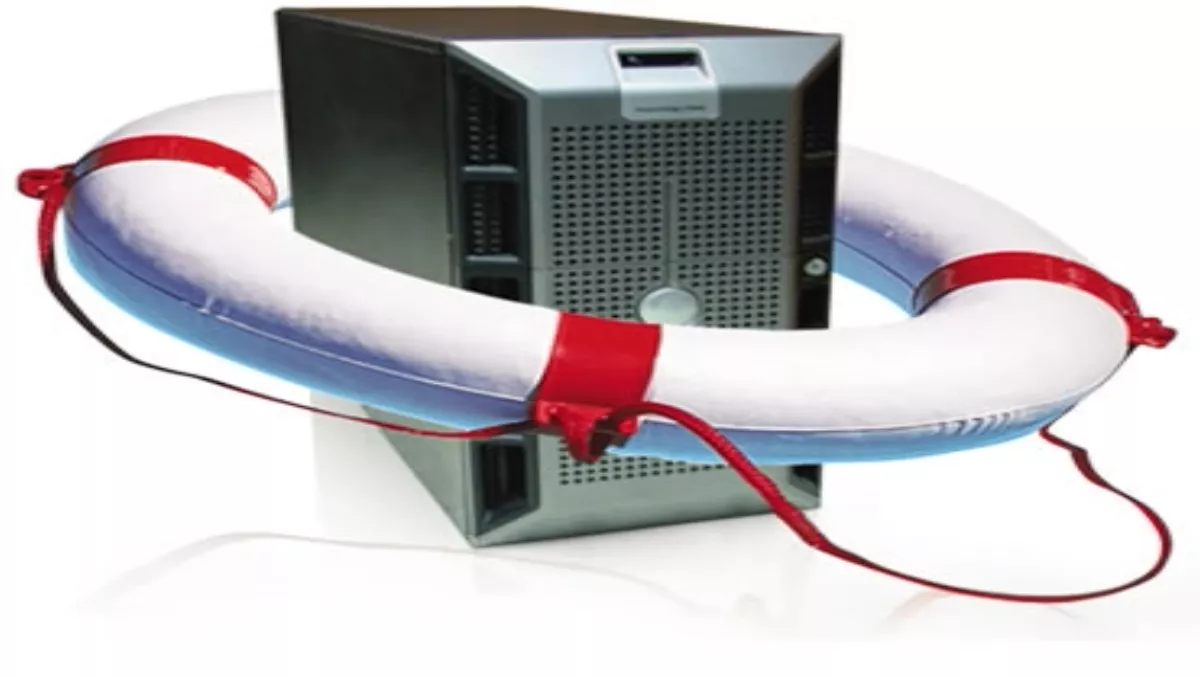
On the frontline of disaster recovery
When Strategy Building in Christchurch was destroyed during the February earthquake, Strategy Design and Advertising were among the ‘lucky’ ones.Their building may have been ‘munted’ as those in the region are apt to say, but no staff were injured; the company’s data, housed in an off-site data center, remained safe; and the company was back up and running – with a few workarounds – within weeks. But as the company discovered, disaster recovery isn’t always as straightforward as expected.Geoff Cranko, Strategy Design and Advertising group managing partner, says: "We had to find temporary accommodation, buy new computers [for a second time, with the computers also destroyed during the September earthquake] and set up again. The problem was, we couldn’t access any data.”The company had made a strategic decision prior to the February earthquake to move to off-site storage, taking 17 terabytes of space at Datacom and moving to a Microsoft cloud solution for calendaring and email. "The first earthquake really precipitated us moving that way,” Cranko says. "We made the decision to get more focused.”But following the February quake, the design and advertising agency found itself without any high-speed connection to enable it to access the data stored on its main server at Datacom. And in a city of destroyed organisations and businesses, Strategy found itself well down the list for a telecommunications connection, even after it quickly located a new building for its offices. "We weren’t deemed a critical service for repair and we couldn’t get a telco line,” Cranko notes. It took five weeks to get a twisted copper line, and it was four months before the company was able to move to landline calls, rather than using their mobile phones in the office."If we could get high speed wireless – not just 3G but really grunty – it would make things a heck of a lot better,” Cranko says. "We will definitely be an early adopter once it becomes available.”Downloading large files proved frustrating, and new – fast – desktop equipment only highlighted the problem.While Cranko, and Strategy, are fans of cloud computing, he says resellers need to be careful about how they pitch the technology. "Sometimes they get too hung up in the technologies and make it more difficult than it needs to be.” He says after 25 years as a chief executive officer, all he wants is an understanding of the business value of a technology ‘in executive summary format’. "I lose interest very quickly because I’m time-poor. It’s about dumbing it down so we don’t get confused about the naming of the technology, as opposed to the benefits to our business. A perfect example is that the cloud and software as a service look remarkably like the bureau services of the past in terms of the benefits to businesses”Cranko says the assistance of Strategy’s outsourced IT support proved ‘really useful’, though securing their time – when so many other companies were also in need of IT support – required some creative thinking. "We found alcohol was a good incentive,” Cranko quips.One of the big lessons for the company, he says, was that ‘service level agreements aren’t worth the paper they’re written on during something like this’. "The demand was so high and the available resources so low, that it all came back to our relationships with the suppliers.”Cranko says resellers looking to do business selling disaster recovery solutions in Christchurch need to be cognitive of the psychology of Christchurch residents at the moment. "We don’t need to be reminded that there could be another one. We live with it every day. We live with the fact that there’s a 30% chance we’ll have a 7-magnitude shake. [Resellers] need to be incredibly sensitive to the headspace of people here.”So does Strategic have a new disaster recovery plan, taking into account the new lessons learned? "We haven’t got over the first disaster, let alone the second. But if a supplier would like to come forward and help us write one...”

